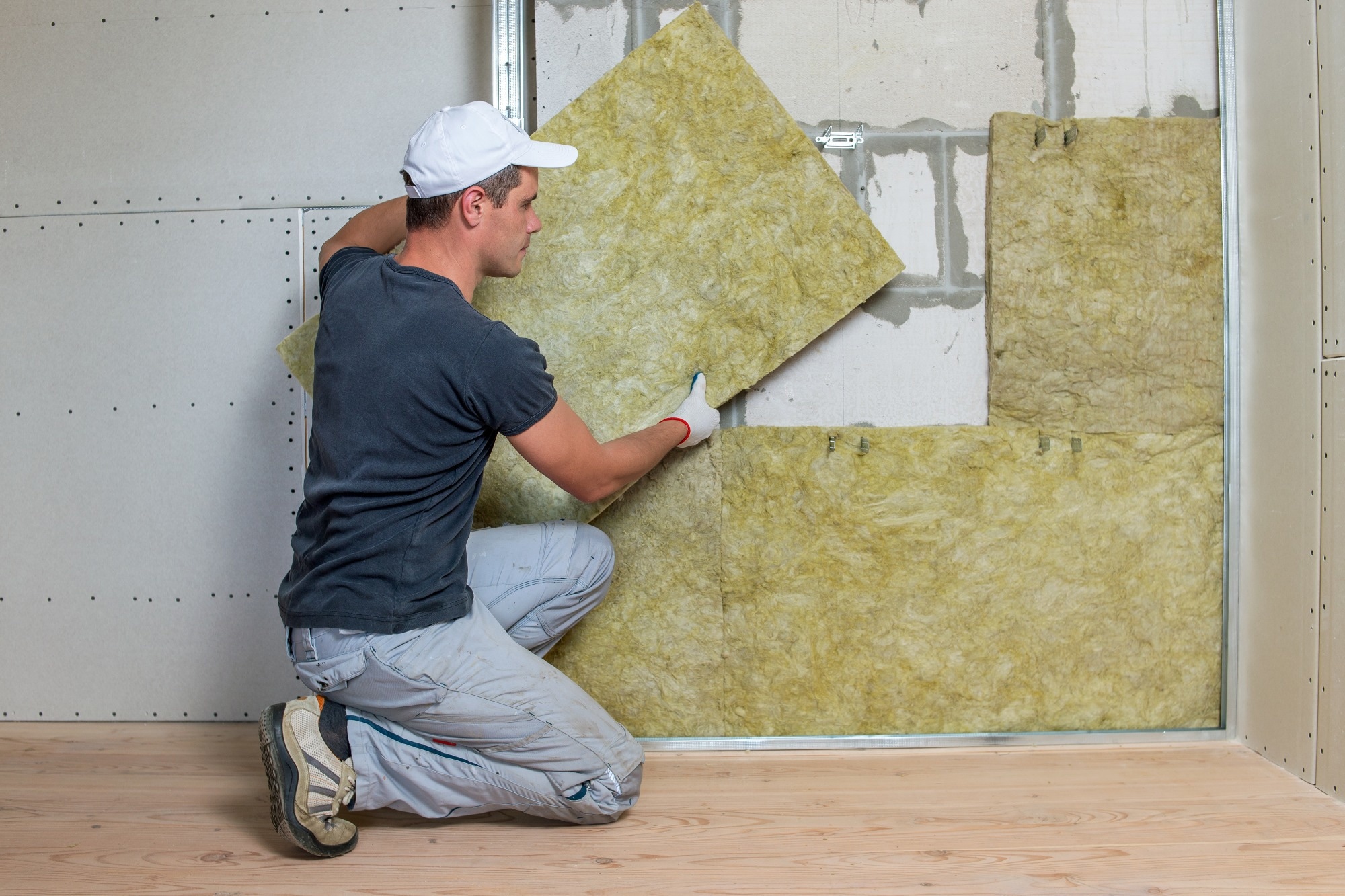A new study reveals that using rock wool sandwich panels in modular steel buildings can quadruple column fire resistance, offering a cost-effective path to safer, more resilient construction.

Study: Experimental research on the fire resistance of columns in container-style steel modular buildings. Image Credit: Bilanol/Shutterstock.com
In a recent study published in the journal Scientific Reports, researchers investigated the fire resistance of columns used in container-style steel modular buildings. Their goal was to address a critical safety concern in modern modular construction, where prefabricated steel units are increasingly adopted for their speed and efficiency.
The findings emphasize the importance of effective fire protection strategies to maintain the integrity of modular construction systems under high-temperature conditions, even in controlled laboratory environments.
The Evolution of Modular Integrated Construction
Modular integrated construction (MIC) is a building method that emphasizes the off-site prefabrication of structural units in controlled environments. These modules, often containing walls, floors, and ceilings, are transported to construction sites for fast on-site assembly.
With prefabrication rates reaching 95 %, MIC significantly reduces construction time, labor requirements, and material waste, making it a highly efficient and sustainable alternative to conventional construction.
Originally used for temporary facilities such as worker dormitories and site offices, MIC has expanded to long-term applications, including residential buildings, hotels, schools, and healthcare centers. Its adaptability was especially evident during the COVID-19 pandemic, when modular medical units, such as those at the Guangzhou International Health Station, were deployed quickly to meet urgent needs.
Despite these benefits, fire safety remains a key challenge, particularly regarding the behavior of steel modular components and insulation materials under extreme heat.
Assessing Fire Resistance of Thin-Walled Columns
For this study, the researchers opted to focus on the fire resistance of L-shaped thin-walled columns with a 3.5 mm wall thickness, which are commonly used in container-style steel modular buildings. These lightweight columns are critical load-bearing elements in MIC units, making their performance under high temperatures essential for safety.
To evaluate their behavior, the study conducted a series of fire tests using a vertical component fire furnace compliant with GB/T 9978.1-2008 guidelines.
Both single columns and a combined column (representing typical structural junctions) were tested under axial loads to replicate real conditions. The loads were strategically applied and stabilized before heating to ensure realistic mechanical responses.
Four-column specimens were prepared: one without fire protection and three protected using fire-resistant coatings, calcium silicate boards, and rock wool sandwich panels. This setup allowed the research team to compare how each protection system influenced fire resistance and structural stability during heating.
Key Findings on Fire Resistance Performance
The fire test results demonstrated significant performance differences among the protection systems. The unprotected thin-walled column failed after just 12.3 minutes, showing how quickly steel loses strength under high-temperature conditions.
The fire-resistant coating increased fire resistance to 18.7 minutes, while combining coatings with calcium silicate boards extended it to 34.9 minutes. The most substantial improvement was achieved with a combined column protected by 75 mm rock wool sandwich panels, which provided a fire resistance limit of 102.1 minutes, a result that also aligned closely with theoretical predictions based on thermal conductivity calculations.
The study emphasized that the effectiveness of each protection method depended on its thermal insulation performance. Coatings and calcium silicate boards offered partial protection but were prone to cracking and partial exfoliation under thermal stress. In contrast, the rock wool panels remained stable throughout the test, effectively shielding the steel column and preventing extensive thermal degradation.
Most failures were attributed to localized buckling in areas exposed to the highest temperatures, highlighting the need for fire protection strategies that address the vulnerabilities of thin-walled modular construction components.
Practical Applications for Fire Protection in Modular Buildings
This research has significant implications for the construction industry. The findings support the use of rock wool sandwich panels as an effective and economical fire protection solution in container-style steel modular buildings. Their superior insulation performance and ability to maintain structural stability under high temperatures make them well-suited for thin-walled steel components.
Additionally, the findings provide valuable guidance for building codes and design standards. Although conducted in a controlled laboratory setting, the results suggest that as modular construction evolves, regulatory frameworks must address the unique fire-response behavior of lightweight modular elements. Incorporating these insights into future guidelines can enhance safety and public confidence in modular buildings.
Conclusion and Future Directions
In summary, this study provides insights into the fire resistance of columns used in container-style steel modular buildings, highlighting the role of appropriate fire protection in maintaining structural integrity. The results show clear performance differences among protection methods, emphasizing rock wool sandwich panels as a notably effective option.
As MIC continues to expand, ensuring robust fire safety is key. Future research should explore additional fire protection strategies, validate results under more variable real-world fire conditions, and assess the long-term performance of materials under thermal cycling and mechanical loading. Advancing this knowledge will support the development of safer, more resilient, and more sustainable modular buildings while strengthening confidence in this rapidly evolving construction method.
Journal References
Duan, J., & et al. (2025). Experimental research on the fire resistance of columns in container-style steel modular buildings. Sci Rep 15, 38777. DOI: 10.1038/s41598-025-22642-7, https://www.nature.com/articles/s41598-025-22642-7
Disclaimer: The views expressed here are those of the author expressed in their private capacity and do not necessarily represent the views of AZoM.com Limited T/A AZoNetwork the owner and operator of this website. This disclaimer forms part of the Terms and conditions of use of this website.